I am concerned that spray foam, once installed, can become an accelerant in the event of a fire. Have there been any studies?
There was a new mansion built in Houston that had a fire. The house was completely destroyed. Spray foam was used in all the walls. I have not heard nor read anything about spray foam and fire.
Thanks
John
GBA Detail Library
A collection of one thousand construction details organized by climate and house part
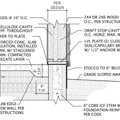
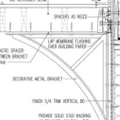

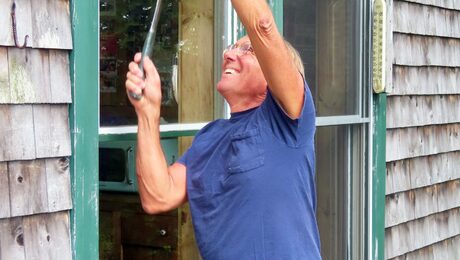

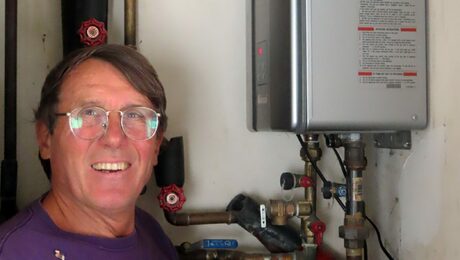

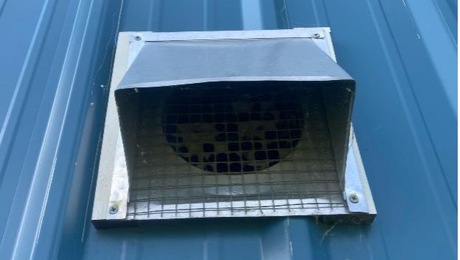

Replies
John,
There are many articles on this site with information on this topic. In general, all types of foam insulation, including rigid foam and spray foam, need to be protected with a layer of 1/2" gypsum drywall to protect them from ignition or fire. If this is done, I don't think that spray foam is any more dangerous that other building materials.
Fire danger is greater during construction or when spray foam is being installed, before these materials have cured and been protected by a layer of gypsum drywall. That's why contractors have insurance, and why homeowners should always ask contractors about their insurance coverage.
For more information, see:
Thermal Barriers and Ignition Barriers for Spray Foam
Three Massachusetts Home Fires Linked to Spray-Foam Installation
Another Spray Foam Fire?
The most common fire-related error with spray foam is when the installer violates the manufacturers' maximum depth per pass without sufficient cooling time between lifts. They do this because it saves time, but it has both installation quality issues and a short term fire hazard, since the stuff self-heats as it cures- if you then insulate over it with another layer it gets hot.
For most open cell foam that max-lift depth is 5.5-6", and for most closed cell foam it's 2" max per lift. Both are routinely violated by installers taking the time-savings benefit, since the cooling time is often idle time for the crew & equipment (time is money.)
This was an occupied house with sheetrock walls, etc. This also was built by a reputable builder and overseen by an architect. I think we are being misled as to the safety of spray foam, butI have no proof, thanks
John
John, I think it's fair to say that by the time the protected foam gets the chance to act as accelerant, the house is probably fully involved. Houses that experience fully involved fires generally don't leave much that is salvageable. So in practical terms, a house burning right down to the foundation is pretty much the same as a house that is still standing with a charred structure.
There are a number of measures you can take to avoid the fire getting to that point which probably make more sense that worrying about the foam - like limiting the flame spread rating of the finished surfaces and furnishings you choose, or Installing sprinklers. It's also probably worth noting that the largest variable by a long shot in fire risk is occupant behaviour.
If a drywalled wood structure is going to burn down, then the stuff between the wood isn't really so important. Even if you choose fireproof mineral wool as your insulation, for example, it certainly won't burn and give off toxic fumes, but the studs will be incinerated and the house will collapse. If you're really concerned about structural vulnerability to fire, build with thick externally-insulated masonry instead. You'll get lots of other benefits as well, such as reduced cooling loads, greatly reduced exposure to mold and termite damage, and greater durability in the face of weather events, natural disasters, and rambunctious children.